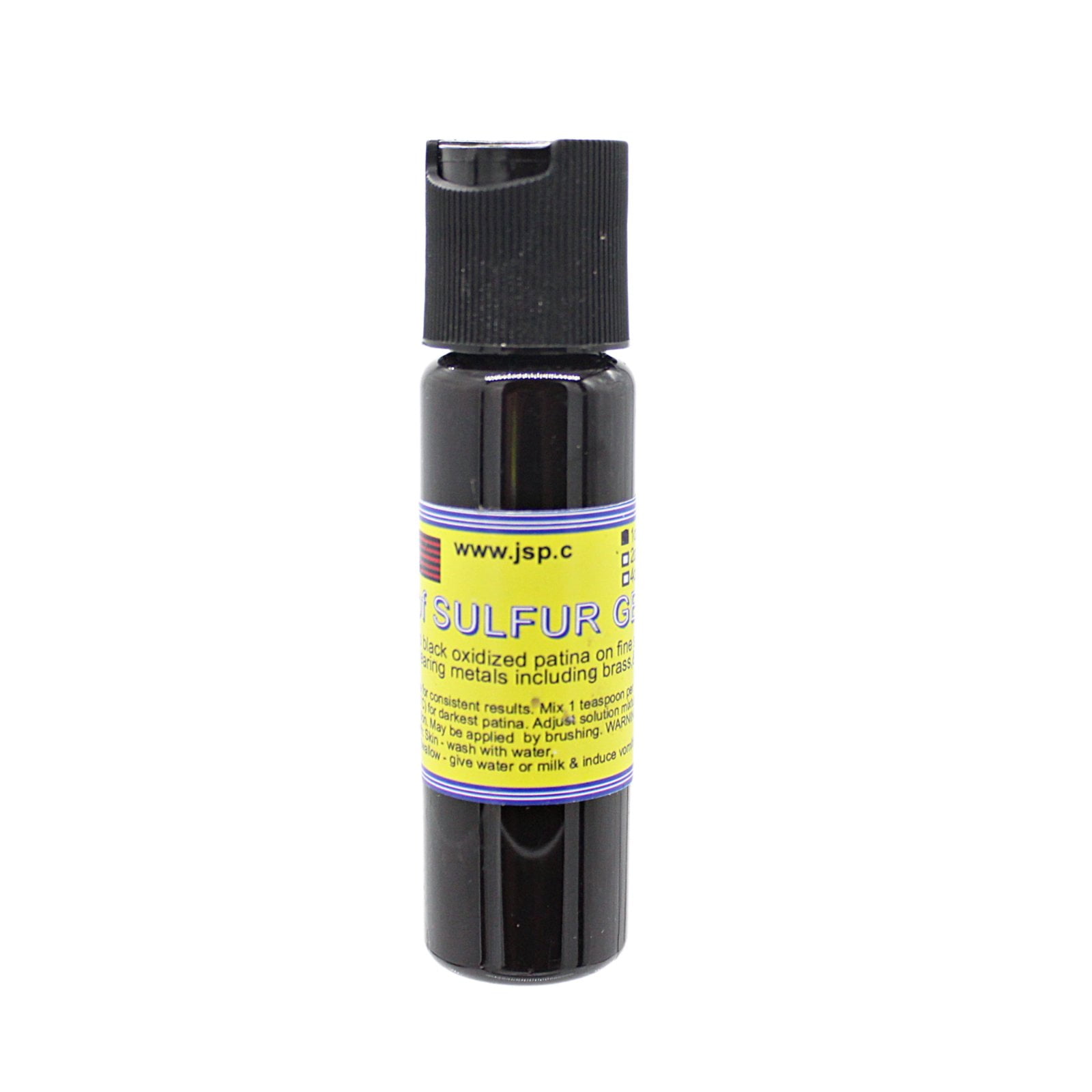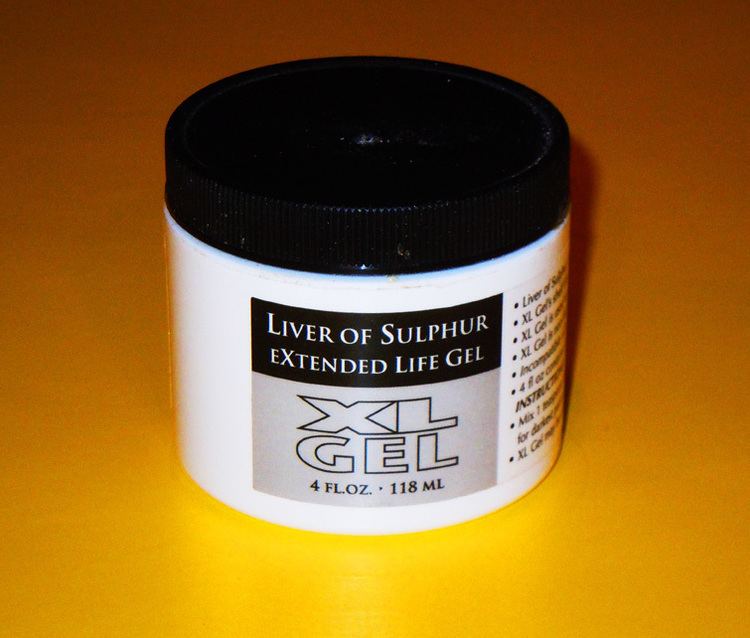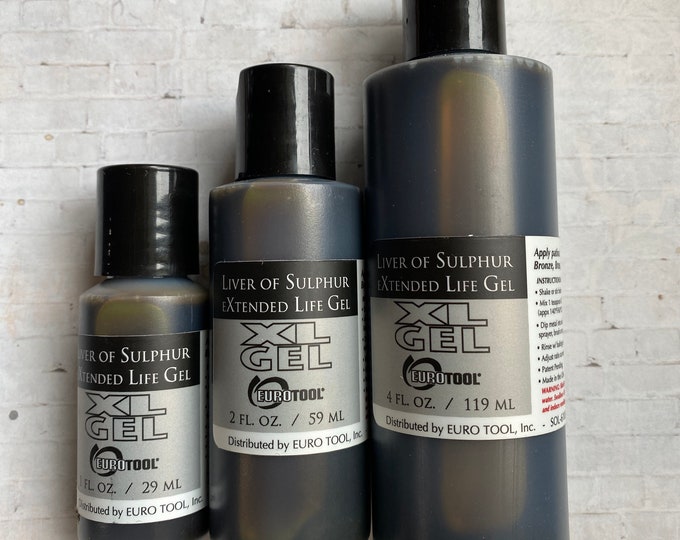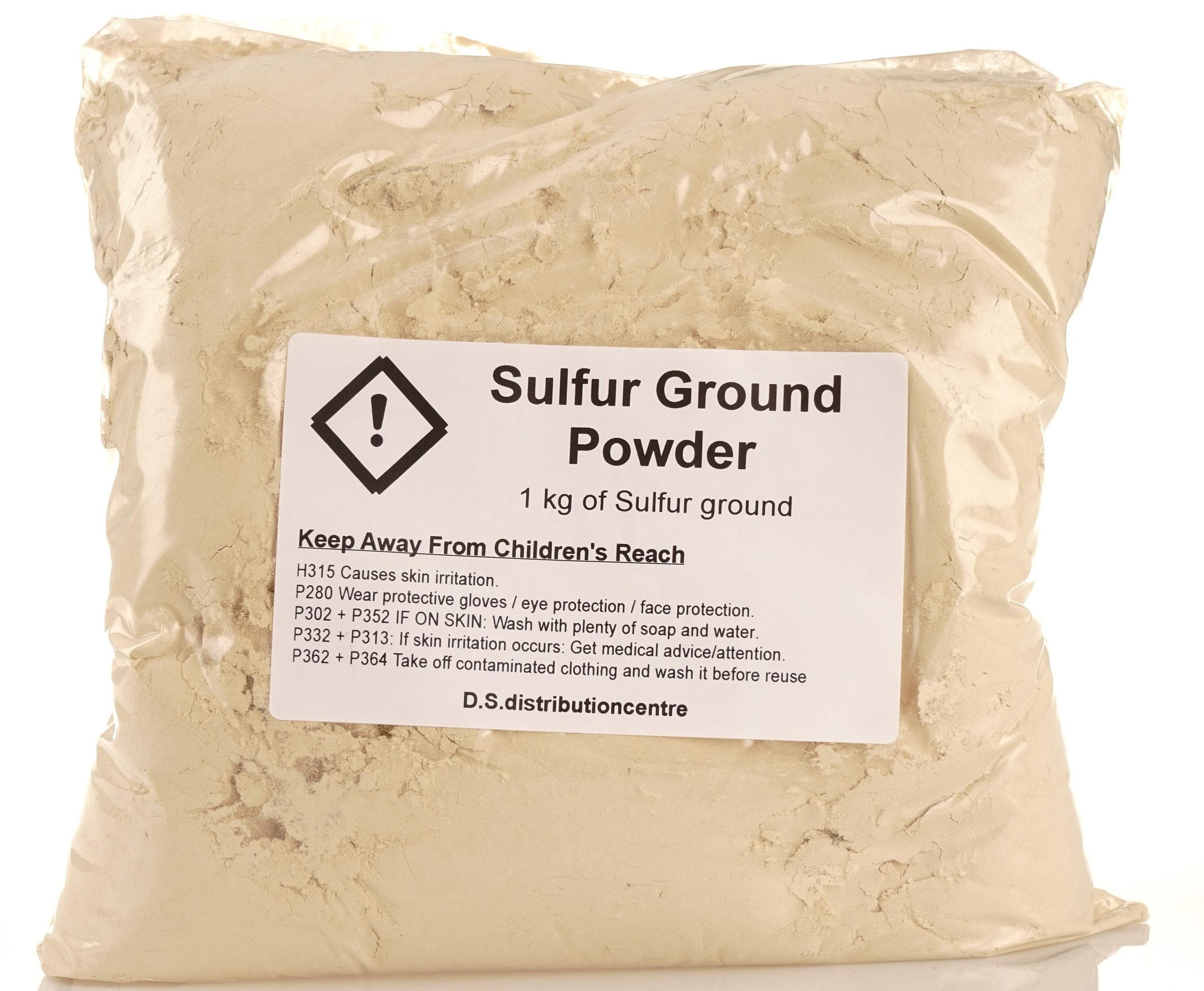Where Can I Buy Liver Of Sulphur

The hunt for liver of sulphur, a compound prized for its unique patina-inducing properties, often leads to a confusing and sometimes frustrating search. Jewelry makers, metal artists, and antique restorers frequently rely on this substance to create antique finishes and dark, iridescent colors on metals like silver, copper, and bronze. But its availability can be surprisingly limited, and navigating the various online and physical retailers requires careful consideration.
This article delves into the current landscape of liver of sulphur availability, providing a comprehensive guide to where consumers can reliably purchase this chemical compound. It examines the types of retailers that typically stock it, the potential challenges buyers face, and important safety considerations to keep in mind. We will also discuss alternative solutions and future trends affecting its accessibility.
Understanding Liver of Sulphur and its Uses
Liver of sulphur, also known as potassium sulfide, is not actually derived from an animal. Its name comes from its brownish color and vague resemblance to liver. It's created through a chemical reaction between potassium carbonate and sulphur, forming a mixture of potassium polysulfides.
This mixture reacts with metal surfaces, creating a layer of metal sulfide that appears as a tarnish or patina. Artists use it to achieve an aged, antique appearance on jewelry, sculptures, and other metalwork, quickly accelerating a process that would naturally take years.
Common Applications
The primary use of liver of sulphur is in metal finishing, particularly in jewelry making. It creates dramatic contrasts, highlighting textures and designs on silver, copper, and bronze pieces.
Restorers also employ it to match the patina of replacement parts on antique items, ensuring a seamless blend with the original aged finish. In scientific contexts, it sometimes finds use in specific analytical chemistry applications.
Where to Buy Liver of Sulphur: A Retailer Breakdown
Finding liver of sulphur requires knowing where to look. Unlike common household chemicals, it's not readily available at most general stores. Instead, specialized retailers are the typical sources.
Jewelry Supply Stores
Jewelry supply stores, both online and brick-and-mortar, are the most common source. These stores cater directly to jewelers and metal artists, carrying various forms of liver of sulphur, from chunks to pre-mixed solutions.
Examples include Rio Grande and Otto Frei, both reputable suppliers known for quality and reliable shipping. Local jewelry supply stores, if available, offer the advantage of immediate access and expert advice.
Art Supply Stores
Some art supply stores, especially those with a dedicated metalsmithing or jewelry-making section, may stock liver of sulphur. The selection may be more limited compared to specialized jewelry suppliers, but it's worth checking if you have a local art store.
Large chains like Blick Art Materials or independent art supply retailers may carry it. Availability can vary depending on the store's focus and inventory.
Online Marketplaces
Online marketplaces like Amazon and Etsy can be a source, but caution is advised. While offering convenience and potentially lower prices, these platforms also carry risks of inconsistent quality and mislabeled products.
It’s crucial to carefully review seller ratings, product descriptions, and customer reviews before purchasing from these sources. Look for sellers specializing in jewelry supplies or metalworking materials.
Chemical Supply Companies
In some cases, chemical supply companies may offer potassium sulfide, though typically in larger quantities and potentially higher concentrations. This option is generally more suitable for professional users who require bulk amounts and understand the handling requirements.
Companies like Sigma-Aldrich or Fisher Scientific cater to research and industrial needs. However, purchasing from these sources may require proof of professional use or adherence to specific regulations.
Challenges and Considerations
Purchasing liver of sulphur isn’t always straightforward. Several factors can influence availability and suitability, requiring careful attention from buyers.
Form and Stability
Liver of sulphur is available in different forms, including chunks, powder, and pre-mixed solutions. Chunks are generally considered more stable and have a longer shelf life than pre-mixed solutions, which degrade over time.
Powdered forms require careful handling to avoid dust inhalation and skin contact. Consider your intended use and storage capabilities when choosing the appropriate form.
Safety Precautions
Liver of sulphur is a chemical compound and should be handled with care. It can release hydrogen sulfide gas, which has a distinctive rotten egg smell and can be toxic in high concentrations.
Always work in a well-ventilated area, wear gloves and eye protection, and avoid inhaling the fumes. Store the compound in a tightly sealed container away from moisture and acids.
Regulations and Shipping Restrictions
Shipping regulations may restrict the transport of liver of sulphur, particularly in larger quantities. Some carriers may require special labeling or packaging, while others may prohibit its shipment altogether.
Be sure to check the retailer's shipping policies and any applicable regulations in your area before making a purchase. International shipments may face even stricter controls.
Alternatives to Liver of Sulphur
If liver of sulphur is unavailable or undesirable, several alternative methods can achieve similar patinas and aged effects on metals.
These include chemical patination solutions specifically designed for different metals, as well as natural methods like using hard-boiled eggs to tarnish silver. The choice depends on the desired effect, the metal being treated, and the user's preference.
Future Trends and Availability
The availability of liver of sulphur may fluctuate depending on supply chain factors and regulatory changes. Increased awareness of safety and environmental concerns could lead to stricter regulations on its sale and use.
The development of safer and more environmentally friendly alternatives could also impact its long-term availability. Staying informed about these trends will help consumers make informed purchasing decisions.
In conclusion, while liver of sulphur remains a valuable tool for metal artists and restorers, finding it requires careful research and awareness of potential challenges. By understanding the available retail options, safety precautions, and alternative solutions, buyers can confidently navigate the market and achieve the desired patina effects on their metalwork. Always prioritize safety and purchase from reputable sources to ensure a positive and successful experience. The key is to be informed and prepared.


















